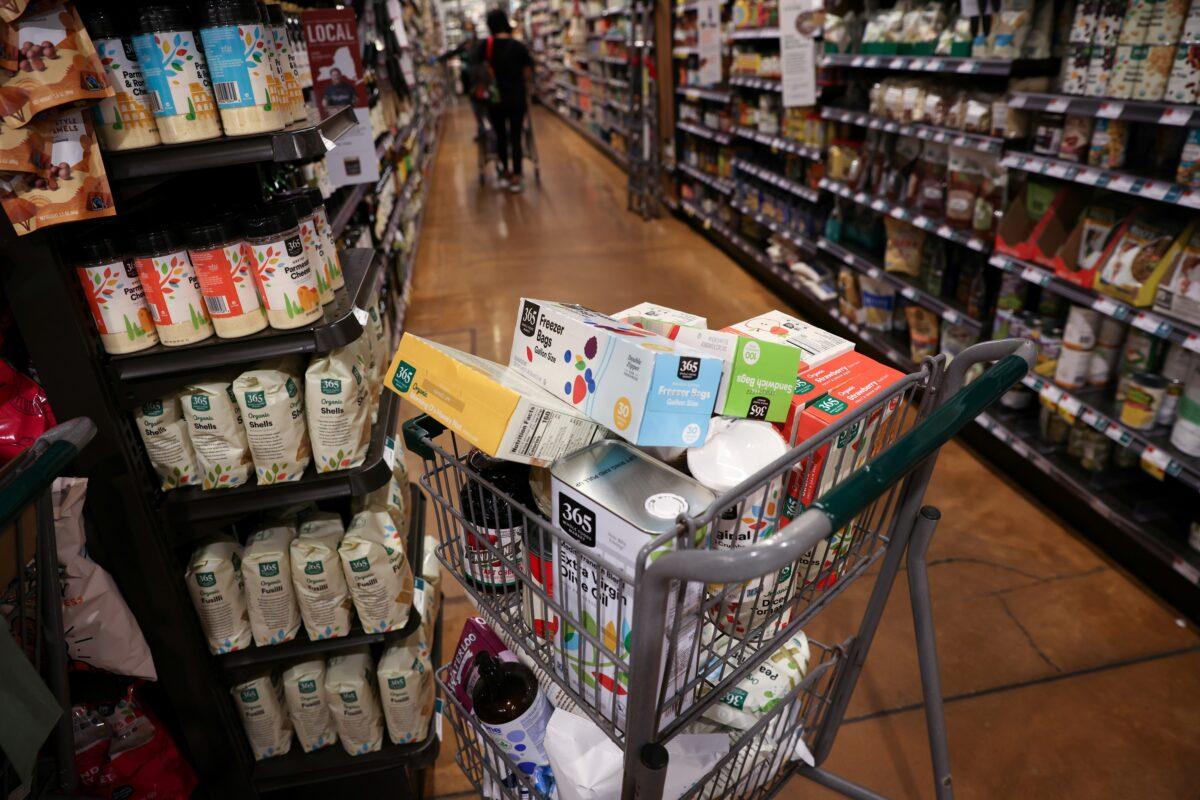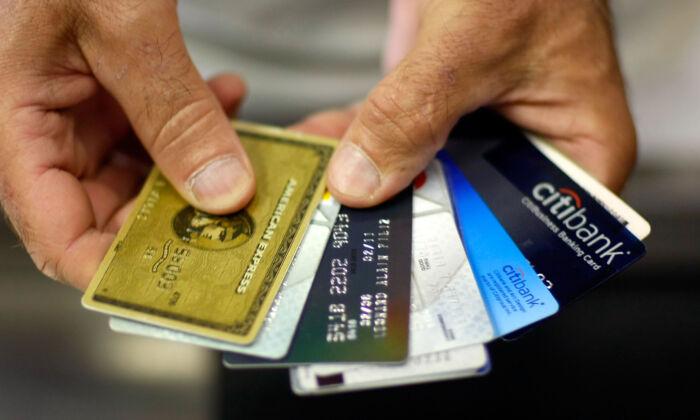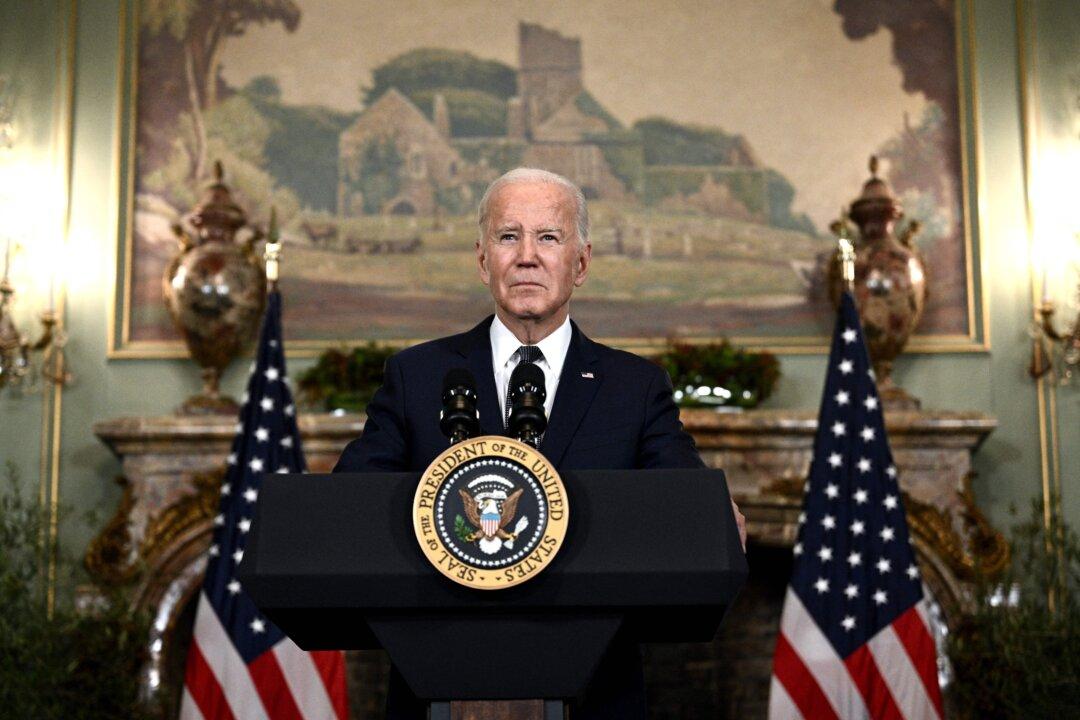Commentary
U.S. household debt increased by 15.2 percent last year and now stands at 36 percent of the GDP, while household financial savings are at the lowest in 30 years.
Household savings fell from 7.3 percent of GDP in 2021 to 4 percent of GDP in 2022. If savings do not increase, consumption and investment could decline. This would result in higher unemployment and mark the beginning of a recession. The trend may have already started as new hiring is slowing down.
The average household now owes $17,066 in credit card debt, up 15.17 percent compared to 2021. The average mortgage debt per household is $22,592—an increase of 8.54 percent. And auto loans increased by 5.31 percent, hitting $28,975 per household. An extremely worrying number is the amount of revolving debt households have. The credit card debt people roll from month to month has increased by 28.73 percent and is now $7,486.
The debt situation may be even worse than it appears, as traditional debt figures do not include buy-now-pay-later (BNPL) arrangements, which roughly 18 percent of Americans used last year. A typical BNPL allows you to purchase a consumer good today with a 25 percent down payment, followed by weekly payments of 25 percent every two weeks until the item is paid off.
These programs may charge both interest and fees. Late fees are a boon for the company, with the average late fee on a $135 loan being $7. Even though the dollar amount seems small, that is a 5 percent fee for one missed payment. The delinquency rates for these types of loans are increasing. Some BNPL firms reported that the rate of delinquent payments had doubled between 2021 and 2022.

Similar to installment loans, these programs were traditionally used for durables, such as furniture and home appliances. But last year, some Americans reported using BNPL to finance basic needs, including gas, groceries, and utilities, which were consumed before they were paid off. BNPL for these types of necessities was up 434 percent in 2021 compared to 2020.
One reason for a decline in savings and an increase in debt may be inflation. Facing higher prices and stagnant wages, consumers were forced to dip into their savings or borrow just to survive. Incomes have increased an average of 4 percent while the cost of living has increased by 8 percent. Forty-five percent of Americans say their wages have not kept pace with inflation.
The pandemic lockdowns caused a lot of Americans to lose their income and go on unemployment. But even with the enhanced unemployment, income was still lower than what the average American earns. As a result, over the past three years, the median income has grown by 7 percent, but the overall cost of living has risen by 16 percent. Consequently, 45 percent of Americans said they are worse off financially than before the lockdowns.
Inflation rates are just averages and do not apply evenly to all products. Unfortunately, many products with the highest inflation rates are some of the most important. Transportation costs are up 27 percent from 2021, and food went up by 20 percent. The high prices have caused Americans to alter their behavior. About 42 percent said they use their car less, while 39 percent said they switched to generic store brands to save money.
Nearly 70 percent of Americans are concerned about the financial outlook this coming year. They are mostly afraid of going into debt to cover necessities, or they worry interest rates keep increasing. This is a reasonable concern as credit card annual percentage rates (APR) were higher last year than the previous year and now stand at 22.7 percent. At current rates, the average household is expected to pay $1,380 in credit card interest in 2023. However, the Federal Reserve is considering additional rate hikes to combat inflation. Analysts forecast that the Fed may set the benchmark interest rate as high as 5.1 percent.
Americans are increasingly relying on debt to cover their cost of living. Last year, 30 percent more home equity loans were taken out by Americans needing cash. At the same time, interest rates went from 3 percent to 7 percent. With rising prices and slow-moving wages, the level of household debt will continue to increase. Higher interest rates will make it harder to cover monthly payments, feeding a vicious cycle as people will be forced to take out new lines of credit to finance their groceries, rent, and other daily needs.
Views expressed in this article are opinions of the author and do not necessarily reflect the views of The Epoch Times.






Friends Read Free